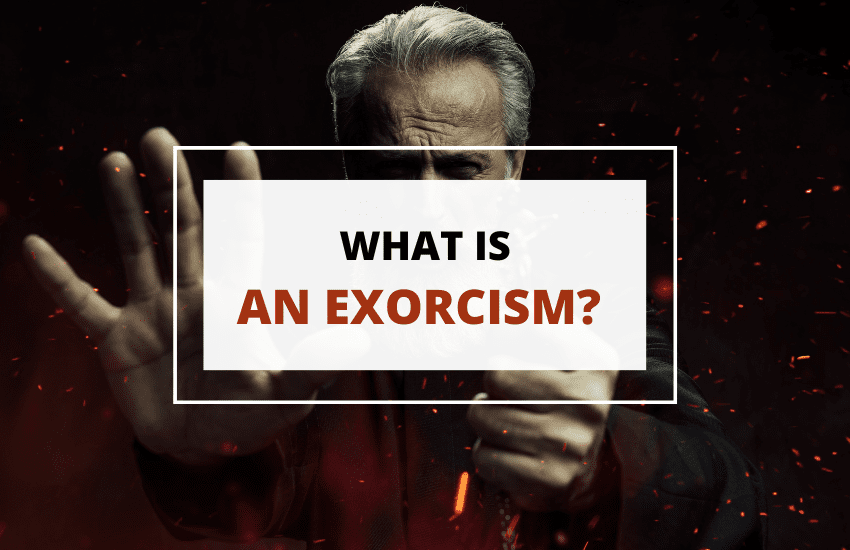
Table of Contents
Historically, exorcisms have been practiced as religious or spiritual rituals intended to drive out evil spirits or demons, rather than as rites of passage. Thanks to the 1973 film ‘The Exorcist’ (based on a true story), its existence was brought to the attention of the general public. And, for the past fifty years, popular culture has been obsessed with exorcisms. But what exactly is an exorcism, and does it work? Let’s take a look.
What is an Exorcism?
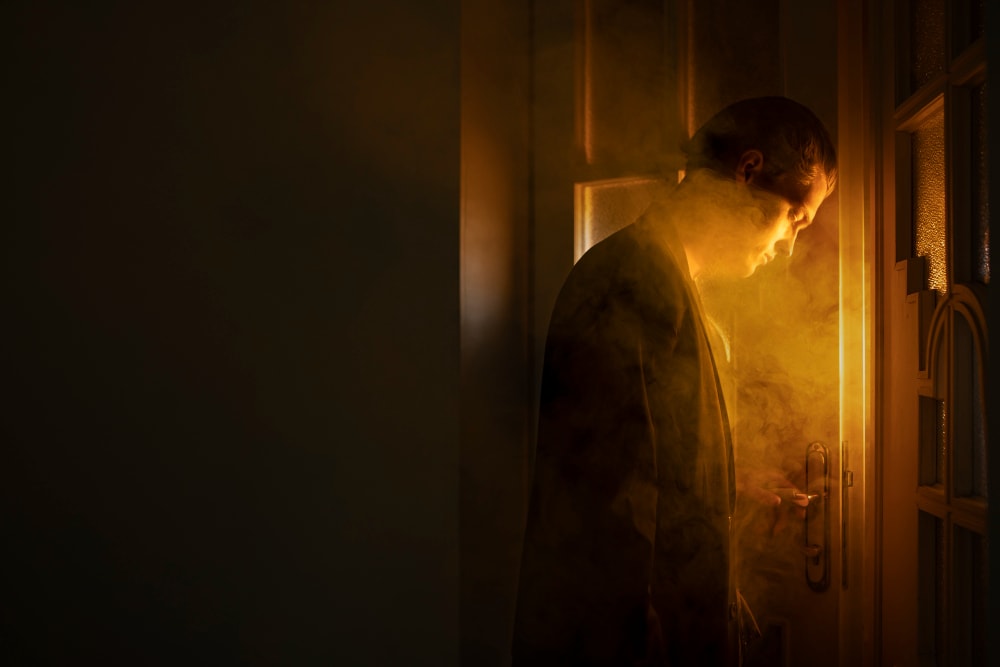
Technically, we can define an exorcism as a rite of adjuration towards evil spirits with the intention of forcing them to abandon a person, or sometimes a place or an object. The Catholic Church has practiced it virtually since its inception, but many cultures and religions of the world have or have had a form of exorcism.
The canonical Catholic exorcism has three main elements that have remained unchanged for centuries.
First, the use of salt and holy water, which are believed to be abhorred by demons. Then, the utterance of Biblical passages or other kinds of religious chants. And finally, the use of a sacred object or relic, like a crucifix, is thought to be efficient against evil spirits and demons.
When Did Exorcisms Begin?
Although considered sacramental by the Catholic Church, exorcisms are not one of the holy sacraments.
In fact, it may be a rite older than the Church itself and adopted by Catholicism very early in history.
Mark’s Gospel, which is thought to be the earliest Gospel, describes the miracles performed by Jesus.
The first one of such is precisely an exorcism after he became aware that a synagogue in Capernaum had been possessed by evil spirits.
When the people of Galilee learned that demons recognized (and feared) the power of Jesus, they started to pay attention to him, and he became famous in the area for his exorcisms as much as for his ministry.
Are All Exorcisms Catholic?
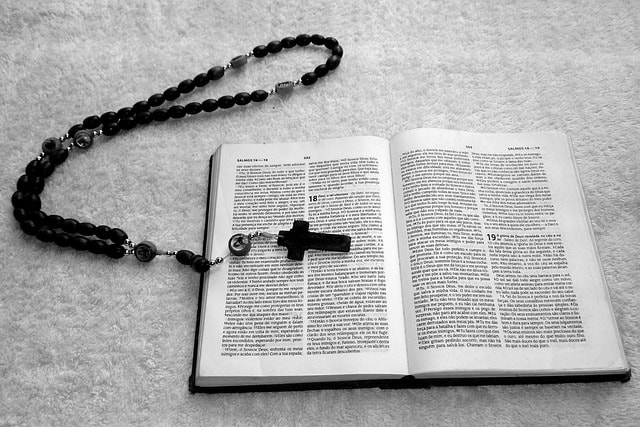
No. Most of the world’s cultures practice one kind or other of exorcism. However, historically, exorcisms became synonyms for the Catholic creed in the Thirteen Colonies of North America.
The majority of colonists were of the Protestant faith, which notoriously condemned superstition. Never mind the witch-hunts the Protestants were famous for in New England; in their view, Catholics were the superstitious ones.
And, of course, exorcisms and demonic possession were considered nothing more than a superstition held by ignorant Catholic immigrants. Today, all the main religions in the world have some sort of exorcism ceremony, including Islam, Hinduism, Judaism, and paradoxically some Protestant Christians, who believe to have received the authority to cast out demons by the Father, Son, and Holy Spirit.
Is Demonic Possession a Real Thing?
What we call possession is the altered state of consciousness resulting from spirits, ghosts, or demons taking control of a person’s body and mind, an object, or a place.
Not all possessions are bad, as shamans in many cultures get possessed during certain ceremonies in order to gain access to their infinite knowledge. In this sense, we can answer the question in the affirmative, as these demonic possessions have been documented and occur periodically, having an effect on reality.
However, clinical psychiatry usually downplays the esoteric aspect of possessions and generally classifies them under a type of dissociative disorder.
This is because many traits of demonic possession are similar to the symptoms commonly associated with mental or neurological illnesses such as psychosis, epilepsy, schizophrenia, Tourette’s, and catatonia.
Furthermore, psychological studies have proved that in some cases, demonic possessions are related to trauma suffered by an individual.
Signs That You May Be in Need of an Exorcism
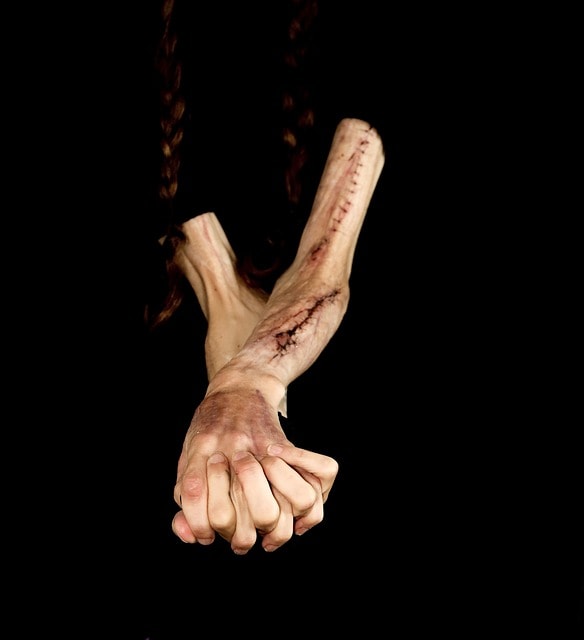
But how do priests know when a human being is possessed by demons? Among the most common signs of demonic possession are the following:
- loss of appetite
- self-harm
- coldness in the room where the person is located
- unnatural posture and contorted facial expressions
- excessive belching
- frenzies or states of rage, apparently without a cause
- change in the person’s voice
- eye rolling
- excessive physical strength
- speaking in tongues
- having incredible knowledge
- levitation
- violent reactions
- hatred for everything church related
How is an Exorcism Practiced?
The Church has been publishing official exorcism guidelines since 1614. These are revised periodically, and the rite was completely overhauled by the Vatican in 1999.
However, one thing that has not changed is the three main elements we have described above (salt and water, Biblical scriptures, and a sacred relic).
During an exorcism, the Church says, it is convenient that the possessed individual is restrained, so that they are harmless to themselves as well as the attendees. Once the location is secured, the priest enters the room armed with holy water and the Bible and commands the demons to retreat from the body of the possessed.
Of course, the spirits will not always willfully heed the commands of the priest, so he must resort to reciting prayers from the Bible or the Book of Hours. He does this while holding out a cross and spraying holy water unto the body of the possessed individual.
This is the canonical way to exorcise individuals, and the different accounts only disagree on what happens later. While some books say the ceremony is completed at this point, some of the older ones describe it as barely the starting point of an overt confrontation between the demon and the priest.
Such is the way Hollywood has chosen to portray it, and this is the reason why witnessing a modern exorcism may be underwhelming to some people.
Are Exorcisms Practiced Today?
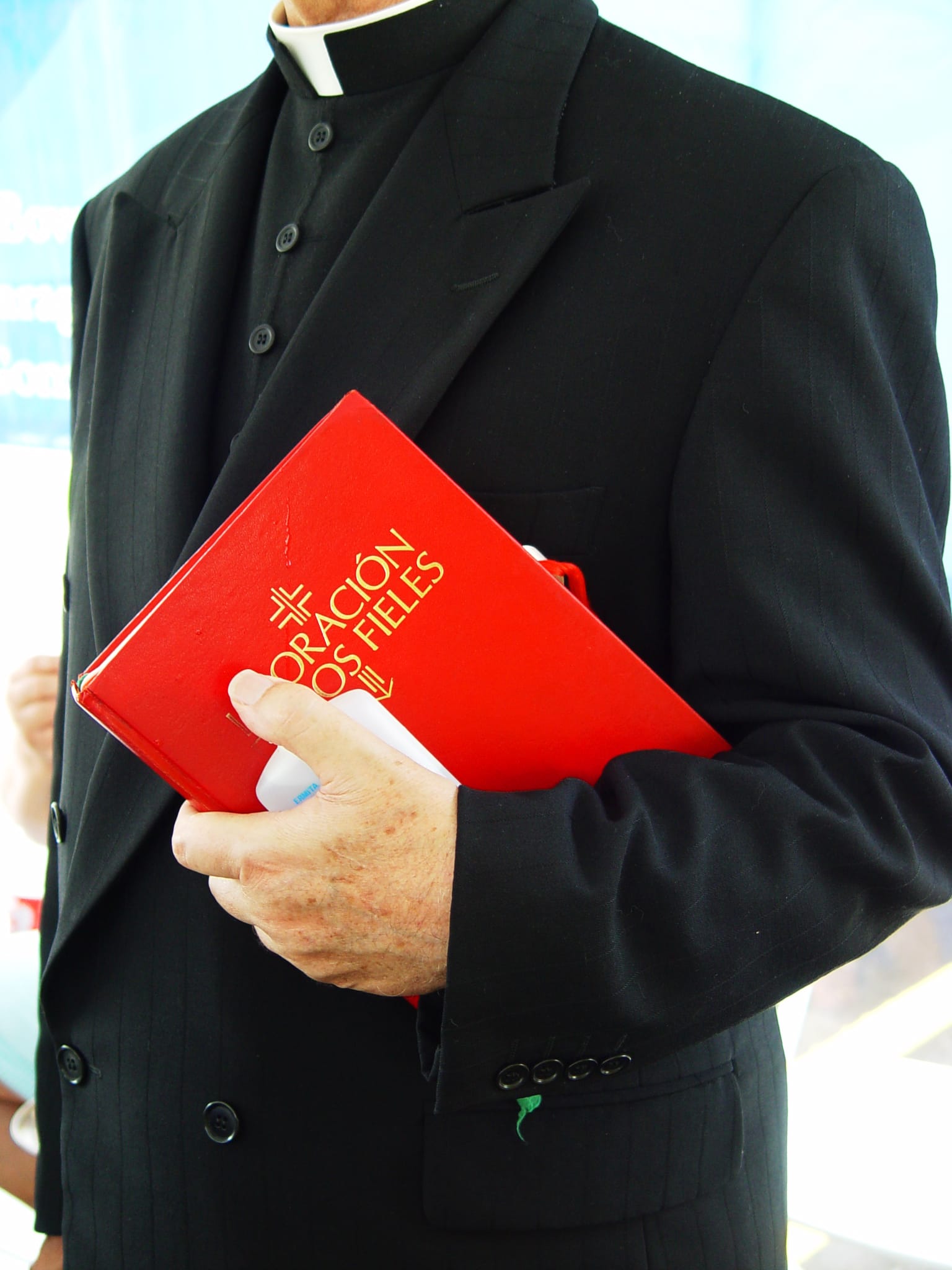
As was hinted at before, yes. In fact, the popularity of exorcisms is on the rise, with current studies calculating in half a million people demand exorcisms yearly.
Two main influences explain this trend.
First, a counterculture of people with an interest in the occult (fueled, no doubt, by the popularity of the film The Exorcist) began growing.
The other main factor that popularized exorcisms in the past few decades is the Pentecostalization of Christianity, especially in the Southern Hemisphere. Pentecostalism has grown rapidly in Africa and Latin America since the 1970s. With its emphasis on the spirits, Holy and otherwise, Pentecostalism is the branch of Protestantism that began to thrust exorcism to the front of its practice fifty years ago.
This has proved controversial, as a series of accidents have occurred during exorcisms lately. In September 2021, for instance, a 3-year-old girl was killed as a result of an exorcism in a Pentecostal church in San Jose, California. When asked about the fact, her parents agreed that the priest had squeezed her throat, asphyxiating her in the process. Three members of the victim’s family were charged with felony child abuse.
Wrapping Up
Although exorcisms exist in many societies and cultures of the world, the most well-known are the exorcisms performed by the Catholic church. Its attitudes towards exorcisms have changed through the years, but nowadays they are regarded as a valid method of fighting demonic possessions. Thousands of exorcisms are performed every year, so their importance should not be underestimated.
Disclaimer
This article explores exorcisms from a cultural and historical perspective. Views on exorcisms, demonic possession, and spiritual practices vary widely across different cultures and religions. The information presented here reflects one of many perspectives and should be understood within a broader context of diverse beliefs and practices.








